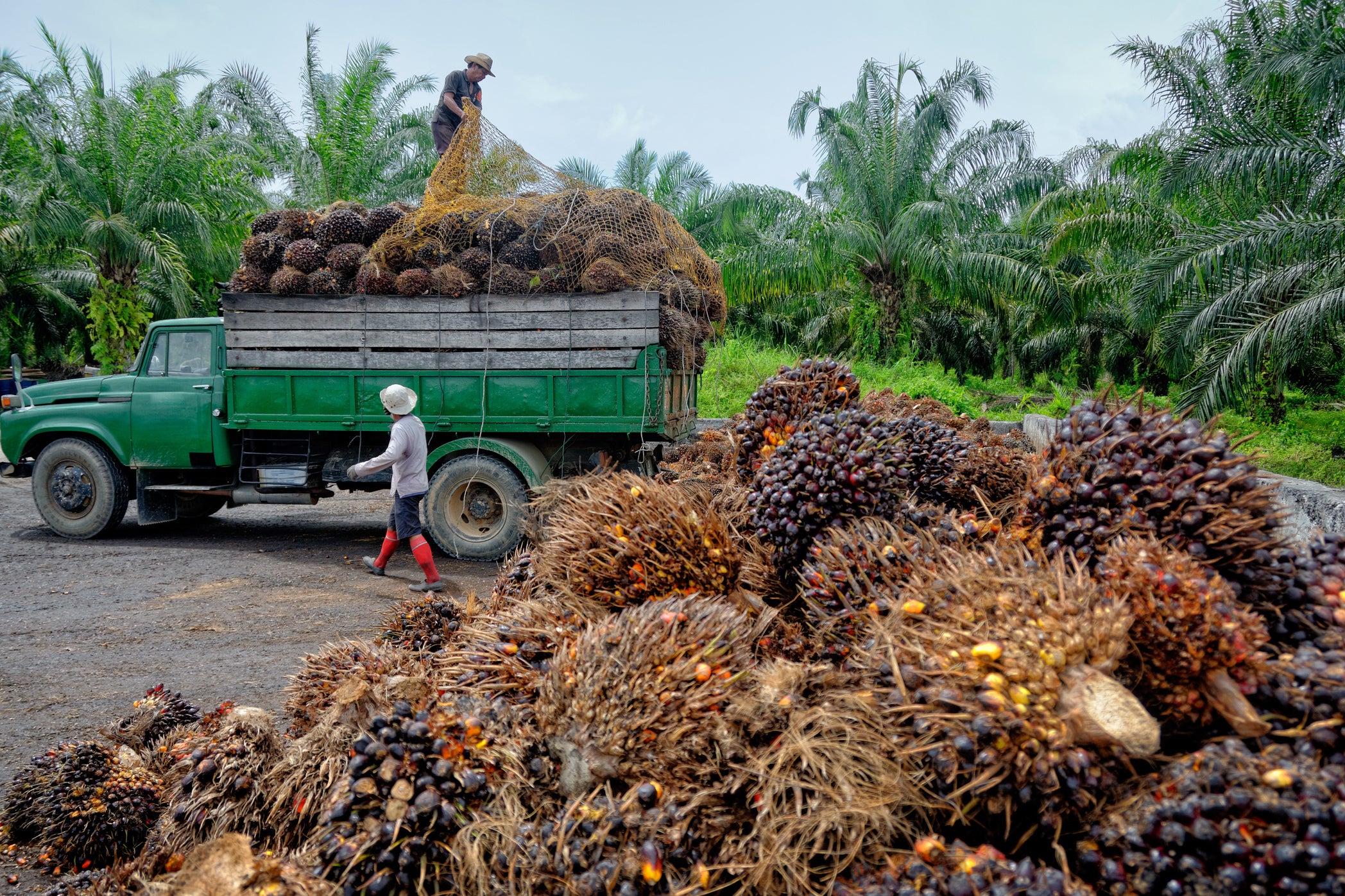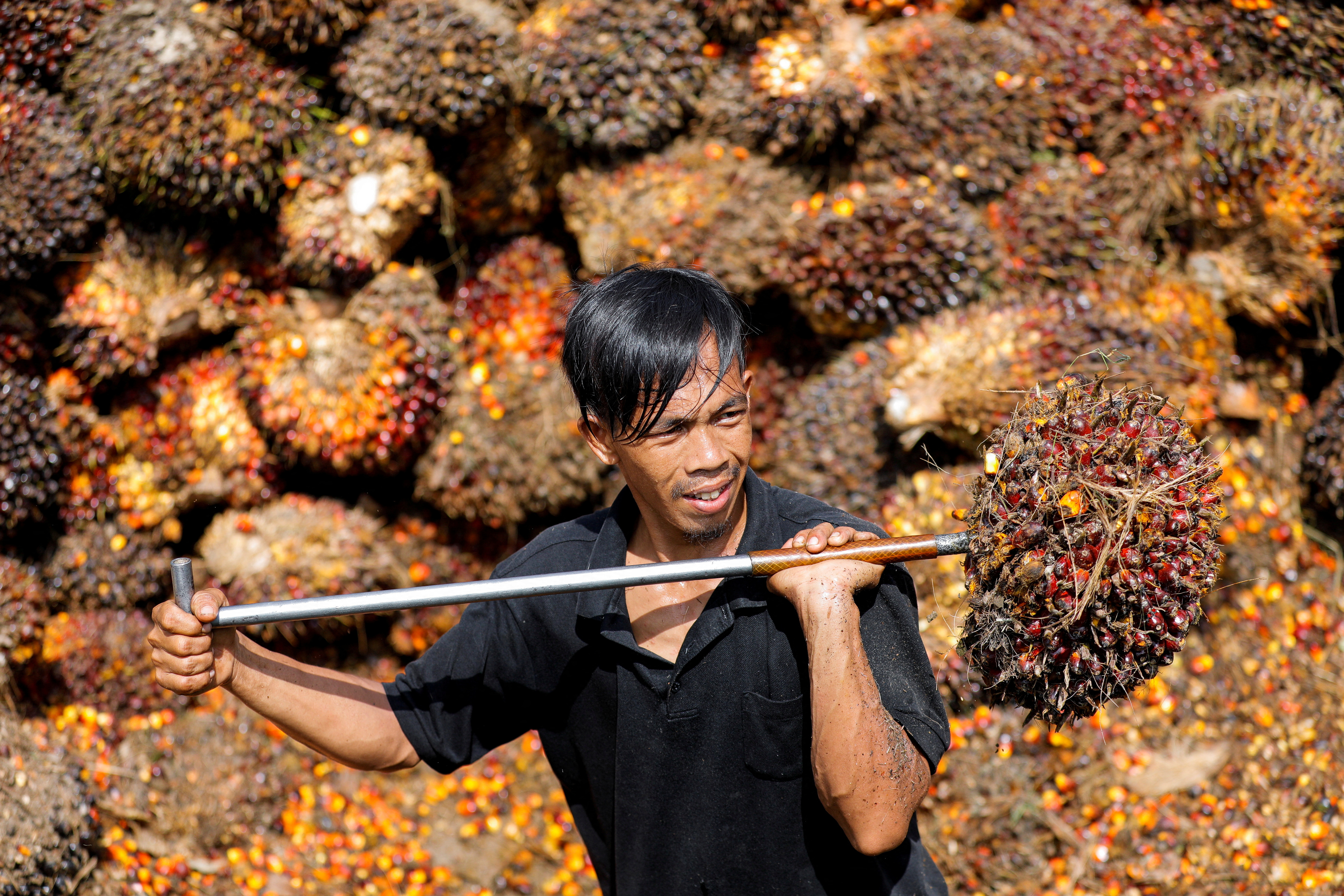Government Aims to Triple Palm Oil Production by 2030 with Ambitious Plan

Government Aims to Triple Palm Oil Production by 2030 with Ambitious Plan
The government recently announced its ambitious goal to triple palm oil production by 2030, setting in motion a series of initiatives and strategies to achieve this target.
The move has been prompted by a variety of factors, including the rising global demand for palm oil, the economic benefits of the industry, and the potential for sustainable cultivation.

Palm oil, derived from the fruit of oil palms, has seen an incredible surge in demand over the past few decades. It is the world’s most consumed edible oil and is found in a plethora of products, from food and cosmetics to biofuels.
The global palm oil market, valued at billions of dollars, has primarily been dominated by countries like Indonesia and Malaysia.
According to a top industry official, the government plans to add at least 0.1 million hectares (MH) of new plantation each year for the next five to six years in order to achieve its goal of increasing domestic palm oil production from its current level of 0.35 million tonne (MT) to an MT by 2030 under the national oil palm mission.

According to a representative of the agricultural ministry, the goal is to grow the total area under palm by multiple enterprises, including Godrej Agrovet, Patanjali Food, and 3F oil palm agrotech industries, from the current level of 0.3 MH to 0.65 MH in the next 5 to 6 years.
Due to the dramatic decline in the price of palm, soybean, and sunflower oils on the international market, India is expected to import a record-high 17 MT of edible oil during the current oil year (October-September). While other oils, such soy and sunflower, are imported from Argentina, Brazil, Ukraine, and Russia, only around 8 MT of palm oil is brought in from Indonesia and Malaysia.
The national oil palm mission was introduced in August 2021 with a Rs 11,040 crore investment. The state government contributes the remaining funds to cover the viability gap and provide cash for planting materials, leaving the central with a balance of Rs 8,844 crore.
:max_bytes(150000):strip_icc()/GettyImages-493056772-e15644d3489a42a7ac5f0e2d07f3e0e9.jpg)
The integrated palm oil complex would be built in the Khammam district of Telangana with an investment of Rs 300 crore over the next three to four years, according to a last week announcement by Godrej Agrovet. The corporation plans to boost planting by 0.12 MH by 2027 with the 65000 hectares of palm plantations now spread over the nation.
The three states that cultivate the most oil palms—Andhra Pradesh, Telangana, and Kerala—account for 98% of the world’s production.
About 44% of India’s domestic edible oil usage is now produced there. Other oils with a presence in local production include groundnut (7%) and soybean (24%) oil, as well as mustard (40%).
Palm oil production plays a vital role in job creation, especially in rural areas. Tripling the production would significantly boost employment opportunities and potentially contribute billions to the national GDP.
Some countries are heavily dependent on imports to meet their palm oil demand. By enhancing local production, countries can reduce their import bills and strengthen their domestic industries.

With the world’s population growing and middle-class expansion in many developing countries, the demand for palm oil is projected to continue its upward trajectory.
One of the immediate strategies is to increase the total cultivation area. New lands, especially degraded lands, are being identified for this purpose to ensure minimal deforestation.
Significant investments are being made in R&D to develop high-yielding, disease-resistant palm varieties. This would lead to more production without a proportionate increase in land use.
There’s a major push towards sustainable cultivation. The government is promoting eco-friendly practices, ensuring minimal harm to the environment and biodiversity.Farmers are being trained in modern agronomic practices to boost yields, reduce waste, and promote sustainable cultivation.
Large-scale palm oil cultivation has often been linked with deforestation, loss of biodiversity, and greenhouse gas emissions. To mitigate this, the government emphasizes planting on degraded lands and is actively discouraging deforestation.

While the industry can create jobs, it’s crucial to ensure that local communities benefit and land rights are respected. Inclusive policies that focus on community engagement are being crafted.
Palm oil prices can be volatile, influenced by global demand-supply dynamics. To protect farmers from price fluctuations, initiatives like minimum support prices and insurance schemes are being considered.
The government’s aim to triple palm oil production by 2030 is a testament to the sector’s significance in the global market. While the economic benefits are undeniable, it’s paramount to strike a balance between development and environmental conservation. With a holistic approach, it’s hoped that this initiative will pave the way for a sustainable, prosperous palm oil industry.




